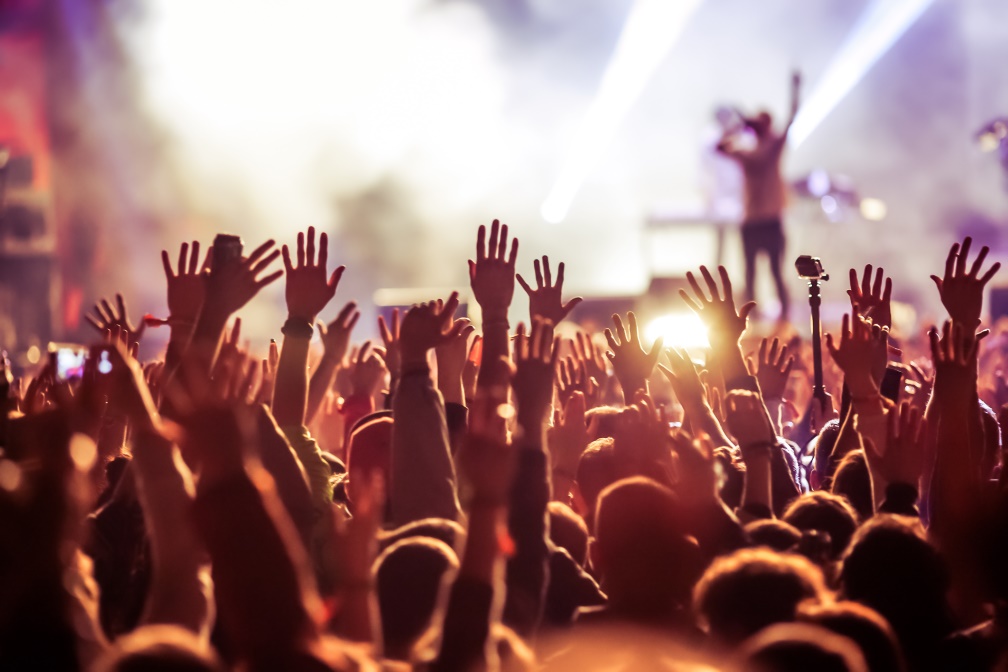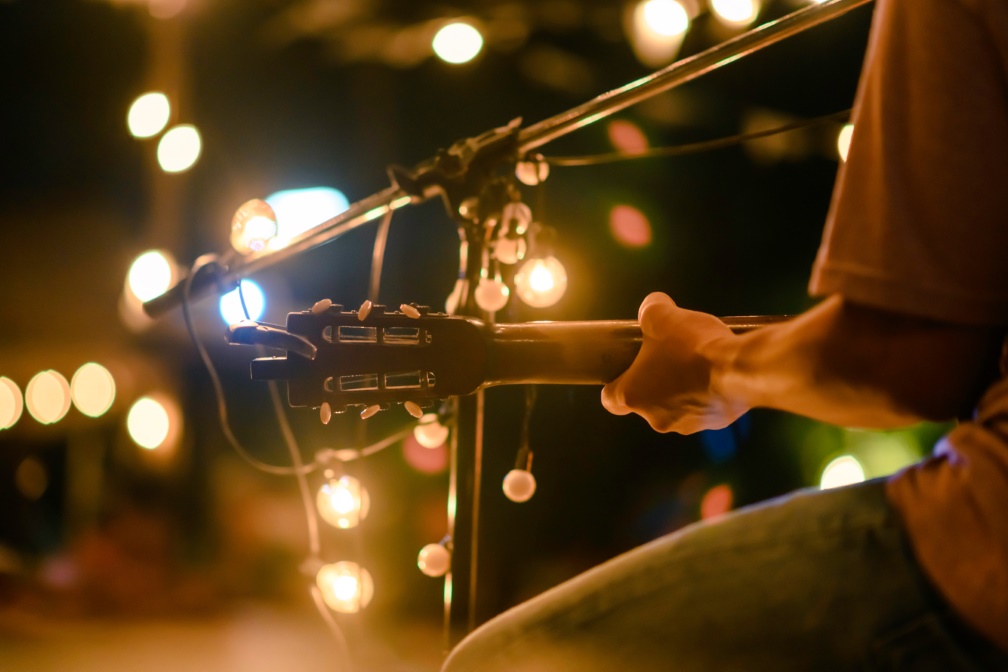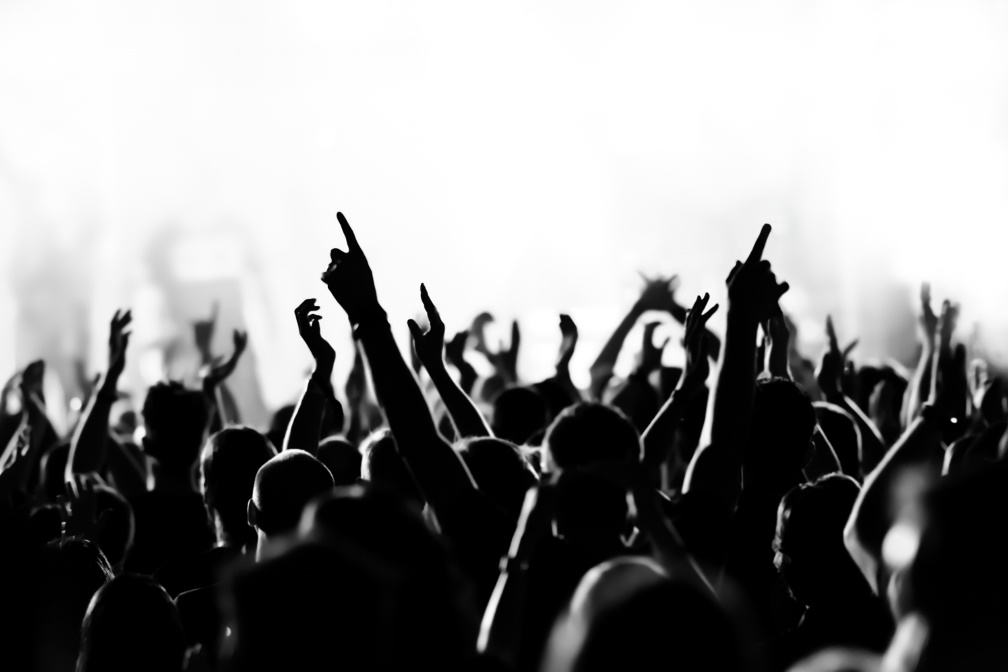
How to Take Amazing Photos at Concerts
Taking photos at concerts and trying to capture the upbeat atmosphere is not always easy. This field of photography can be a real challenge for photographers. Lots of people, little space, lots of movement on stage and poor lighting conditions mean that lots of people can feel frustrated about not getting a great photo. Our tips will help you to take fantastic photos next time you’re at a concert, but it is also important to keep in mind that practice makes perfect.
Who Can Take Photos at Concerts?
Our tips are primarily aimed at amateur photographers who have the opportunity to take photos at such events. At larger concerts, a special pass is required in order to be allowed to take photos. Without a valid pass and confirmation, larger cameras must be handed in before the start of the event, as professional photographs are usually not allowed. At smaller concerts or private events, it is sometimes possible to bring SLR cameras. In any case, you should ask the organiser beforehand or check the rules and regulations before attending the event.
Familiarise Yourself with Your Camera Settings
You need to familiarise yourself with your camera and its settings before taking photos at a concert. A digital SLR camera is best suited for such an event, as it delivers good results even in poor lighting conditions. You should be familiar with the different settings so that you can concentrate fully on taking photos during a performance and don't get stuck or distracted by the different settings and features on your camera.
The aperture setting on your camera is an important setting that you should keep in mind when at a concert. For less experienced photographers, it would be advisable to switch to automatic aperture control, as this allows you to take good pictures with sharp edges despite poor lighting and you don't have to set the aperture manually. For photographers with more experience, it is advisable to set the aperture manually. Experimenting with the ISO value can also be helpful, as this regulates how much light is captured when taking photos. A higher ISO value will help to brighten the subject a little when taking photos in poorly lit environments. However, if the ISO value is too high, the image will be blurred.

Professional Tips for Taking Photos in Low Light
Grit Hiersemann is a professional photographer and he has a few tips on how to take good photos in low light:
"Getting a great picture in low light is always a challenge. Tip: the more you open the aperture that regulates the incidence of light (i.e. a lot of light in less time), the darker the surroundings will be. With open apertures, you can take brighter pictures, but the depth of field will then decrease. Otherwise you can also increase the ISO value, but the "noise" will be stronger. You should use camera settings that are appropriate to the situation.’’
"At concerts and events there isn’t a lot of room to move about to try and get a better angle. If you can't get close to the stage or don't have a professional camera, it can be really difficult to get the perfect shot. Cameras with a large zoom are best. An image stabiliser is helpful when taking photos of people. A flash should definitely be used, but indirectly, so that the artist will not become distracted and the lighting mood is not ruined by the flash. If the flash is not integrated in your camera (i.e. an external flash), it can be adjusted in many different ways. None of this is a problem with an expensive full-frame camera. The better the camera, the larger the sensor and the better the image quality. A light sensitivity of the image sensor of ISO 200 is common for concerts. With bridge cameras, mirrorless compact cameras or smartphones, you can't get anywhere near that, which is why it's really difficult for amateur photographers to take great photos at concerts."

Taking Photos at a Concert with a Smartphone
Taking photos with a smartphone in low light is not easy and the quality is usually not great, but some devices have better cameras than others, which means you can get some great snapshots. Even if you want to take a few quick photos at a concert or festival without a professional camera, you can use a few tricks to take some fantastic photos. Most smartphone cameras offer a whole range of useful settings.
Burst mode: continuous shooting helps you to capture every moment, even in rapidly changing situations. Wait for a good opportunity and use this setting to take a series of shots from which you can choose the best ones later.
ISO-Value: this is usually adjusted automatically when taking photos with a smartphone. However, depending on your smartphone or camera app, you can also set the ISO value manually and thus brighten your pictures whilst you are taking them. The higher the ISO value, the more light the camera captures, but this also increases the noise and the image may become blurred.
Angle: instead of taking photos in front of the stage and being dazzled by the bright lights, you can also stand to the side of the stage. From this perspective, the lights won't dazzle you as much and you can get some fantastic shots.
Choosing the right subject: instead of trying to focus on the stage, you can also focus on the hands or heads of the audience in front of you to create a blurred stage background and a great subject.

Black and white photos: pictures with red stage lighting often look particularly blurred. Simply apply a black and white filter to the photo afterwards and you will get a fantastic shot.
Image editing: thanks to numerous apps you can edit your photos taken at a concert. You can also use different settings to get the most out of your photos, such as brightening, sharpening and more.
We hope you have fun taking lots of fantastic photos the next time you are at a concert or festival!
